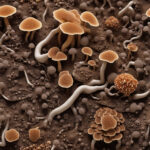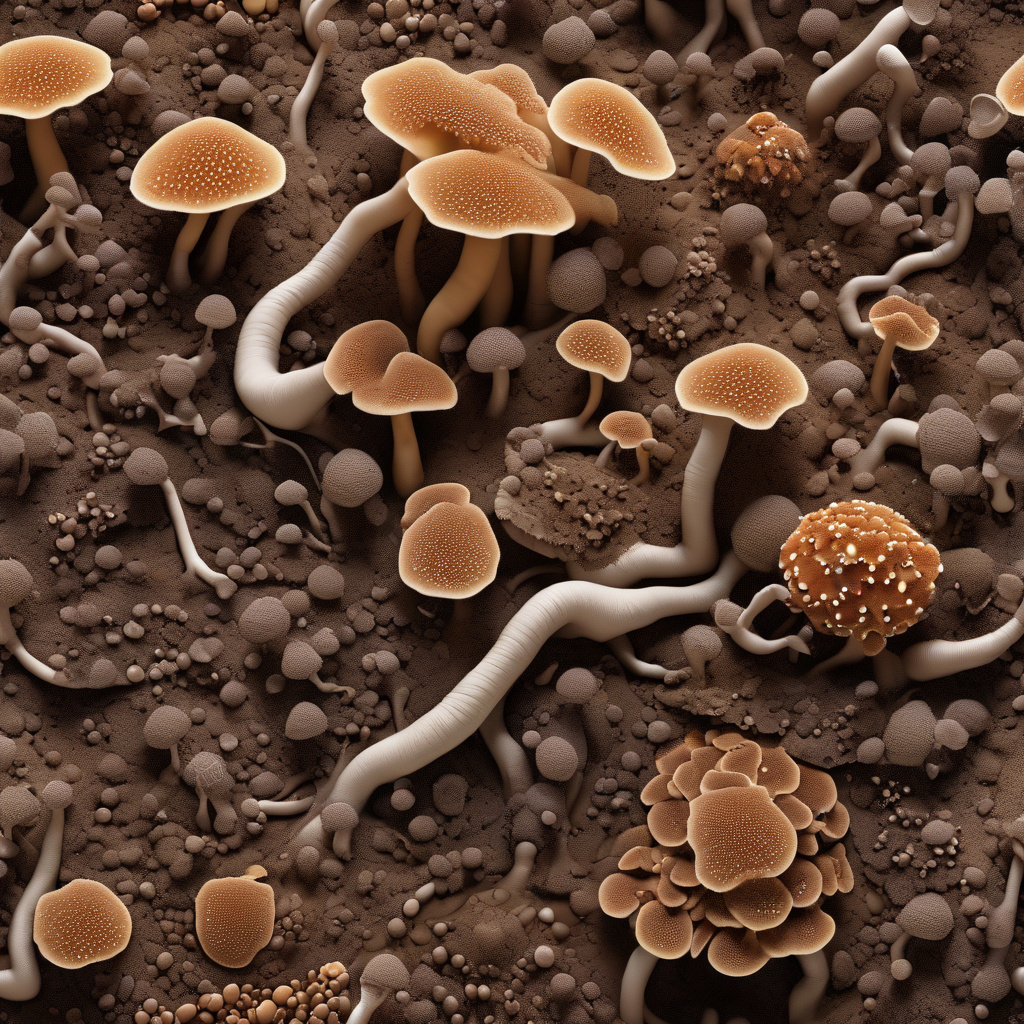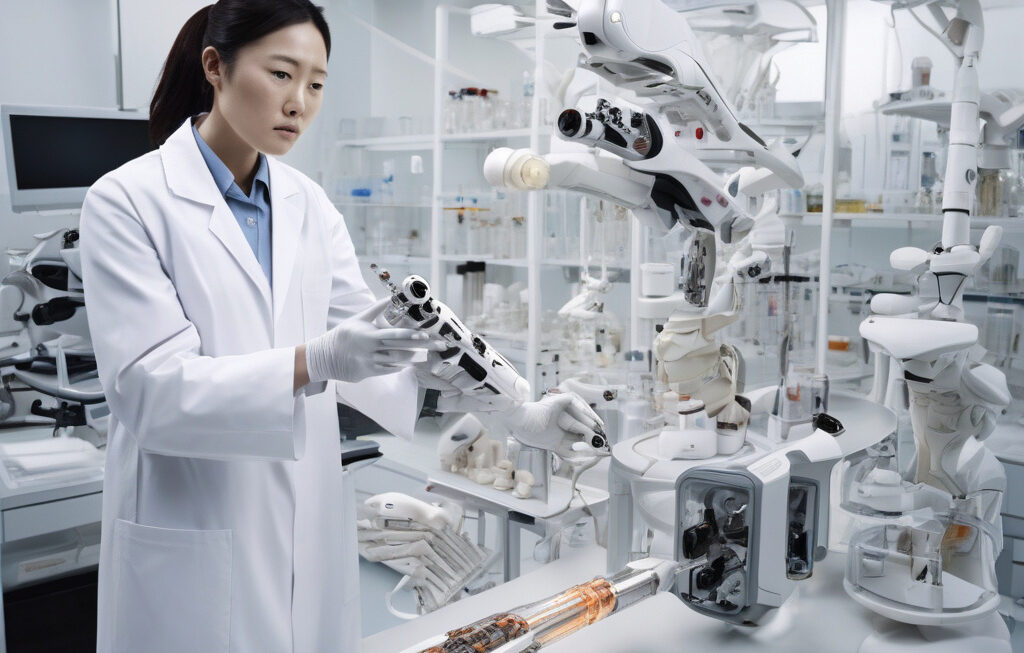Soil-Dwelling Fungus Produces Hydrogels with Promise in Tissue Regeneration
What looks like ordinary mold could transform biomedical science. Researchers at the University of Utah have discovered a soil-dwelling fungus that produces hydrogels with remarkable potential in tissue regeneration. This groundbreaking finding has opened up new possibilities in the field of regenerative medicine, offering hope for more effective treatments for a wide range of medical conditions.
The fungus, known as Rhizopus oligosporus, secretes a sticky substance that can be extracted and processed into hydrogels. These hydrogels have unique properties that make them ideal for supporting the growth and regeneration of tissue. Unlike synthetic materials currently used in tissue engineering, the hydrogels produced by this fungus are biocompatible, biodegradable, and have a porous structure that allows for the efficient exchange of nutrients and waste products.
One of the key advantages of these fungal-derived hydrogels is their ability to promote the growth of new blood vessels, a critical step in the regeneration of damaged tissue. This vascularization process is essential for ensuring that newly formed tissue receives an adequate blood supply, allowing it to survive and function properly. By harnessing the natural properties of the fungus, researchers believe they can overcome some of the limitations of existing tissue engineering approaches and significantly improve patient outcomes.
In addition to their regenerative properties, these fungal-derived hydrogels have also shown promise in drug delivery applications. The porous structure of the hydrogels allows them to encapsulate and release therapeutic compounds in a controlled manner, providing a more targeted and sustained delivery system. This could have significant implications for the treatment of chronic conditions that require long-term drug administration.
The potential impact of this discovery extends beyond the realm of biomedicine. By tapping into the natural abilities of soil-dwelling fungi, researchers are exploring new ways to harness the power of nature for the benefit of human health. This biologically inspired approach to tissue engineering not only holds promise for improving patient outcomes but also highlights the importance of biodiversity in driving scientific innovation.
As with any groundbreaking discovery, there are still challenges to overcome before fungal-derived hydrogels can be widely used in clinical settings. Further research is needed to optimize the production process, ensure the safety and efficacy of the hydrogels, and scale up their manufacturing. Regulatory approval will also be required before these innovative materials can be used in human patients.
Despite these hurdles, the potential of soil-dwelling fungus-derived hydrogels in tissue regeneration is undeniable. By capitalizing on the natural properties of this humble organism, researchers have unlocked a new avenue for innovation in regenerative medicine. As they continue to explore the capabilities of fungal-derived hydrogels, the future of tissue engineering looks brighter than ever.
In conclusion, the discovery of soil-dwelling fungus that produces hydrogels with promise in tissue regeneration represents a significant milestone in the field of regenerative medicine. With further research and development, these innovative materials have the potential to revolutionize the way we treat a variety of medical conditions, offering new hope for patients in need of effective therapies.
#fungusresearch, #tissueregeneration, #biomedicalinnovation, #hydrogeltechnology, #medicalbreakthrough












